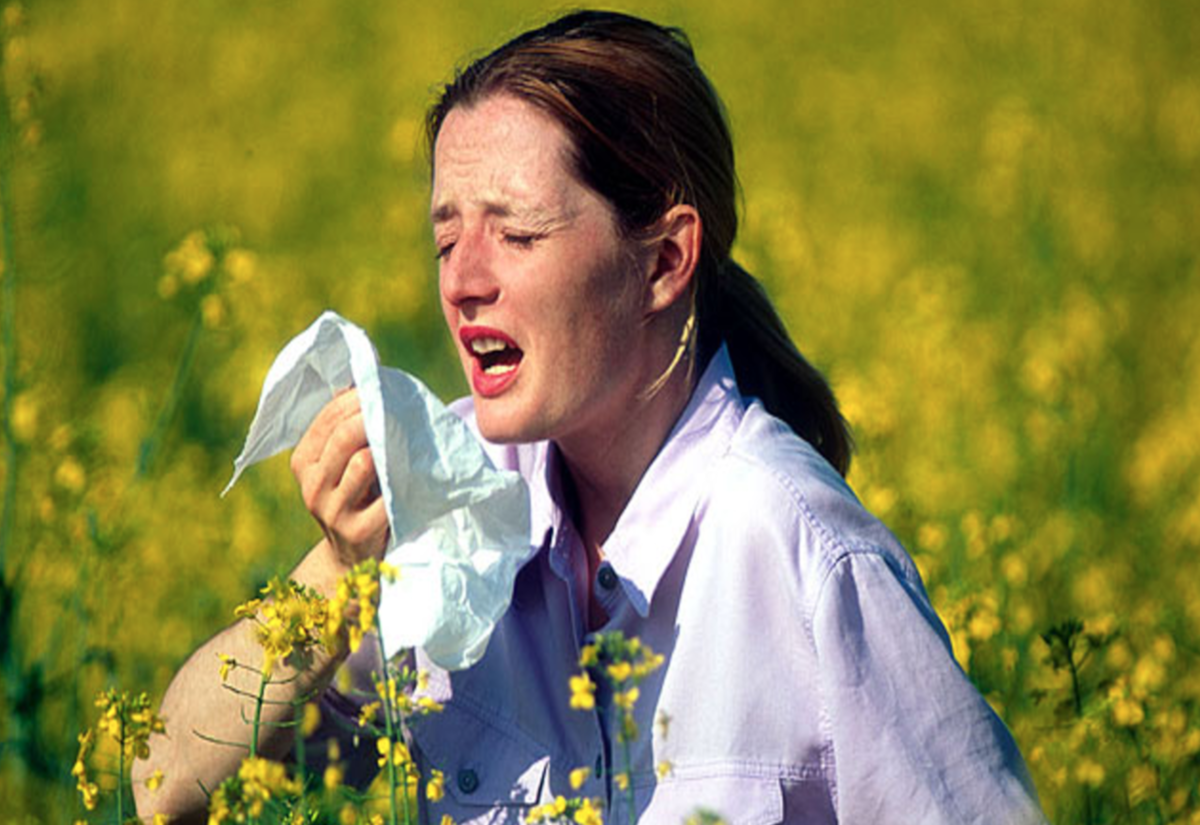A tissue, a tissue: Could local towns fall to high pollen numbers?
Laura Williams
17 September 2021, 8:05 AM
 As well as the usual seasonal peak, allergy-creating pollen is expected to be more abundant in the atmosphere as a result of changing weather - and rural areas are in the front line.
As well as the usual seasonal peak, allergy-creating pollen is expected to be more abundant in the atmosphere as a result of changing weather - and rural areas are in the front line. A tissue, a tissue: Could local towns fall to higher pollen counts?
IN 2016, one week after a storm that swept across Melbourne, 8,500 people inundated hospital emergency rooms and eight people died. The cause behind the sudden sickness was thunderstorm asthma: the strong winds of the storm carrying pollen through the air, the wind breaking it into tiny fragments. Pollen, when small enough to inhale, can be fatal.
Despite the potential harm that it poses, New South Wales is home to just one pollen count station which monitor levels of airborne grass pollen. The station is based in Sydney, leaving the rural population exposed to high pollen counts without warning.
When Spring is in the air, so are pollens; the fine grains released from grasses, weeds and trees that fertilise other plants. Allergic reactions are common in much of the population, with one in five Australians experiencing hay fever each year. In more severe cases, when pollen enters the lungs, it can trigger asthma symptoms.
According to Professor Simon Haberle, climate change is the leading factor in higher projections of pollen count over the coming years.
“The changing environment is leading to what we think will be more allergenic pollen in the atmosphere and more abundant pollen,” Professor Haberle said.
As pollen counts increase, an impact of increased carbon dioxide in the atmosphere, Professor Haberle hopes that Australia will invest in more counting stations across the country.
Pollen counting stations provide a 7-day forecast of local pollen levels for the public to access. People susceptible to hay fever can then make informed choices on whether they should somehow prepare through medications or perhaps minimising time outdoors on days of high pollen levels.
“When people can see what’s happening each day, they can begin to change the way they might move around or the kind of preparation medications that might mitigate the impact of hay fever,” he said.
The catastrophic event in Melbourne prompted the installation of pollen counting stations across the state, with eight stations stretching across regional and metro Victoria. Hopefully, it doesn’t take a similarly devastating event for New South Wales to follow suit.
“In the last 10 years we’ve worked very hard to build a strong network among existing polling stations. Now it needs to extend into other areas, particularly rural Australia.”
The barriers stopping monitoring pollen in the region are the costs of manpower in running it, but Professor Haberle said that a station could easily be woven into local councils.
With Spring underway, it is projected that the grasses to come in October and November will bring quite a strong hay fever season across the Western Plains.
“This coming season will be a severe one.”